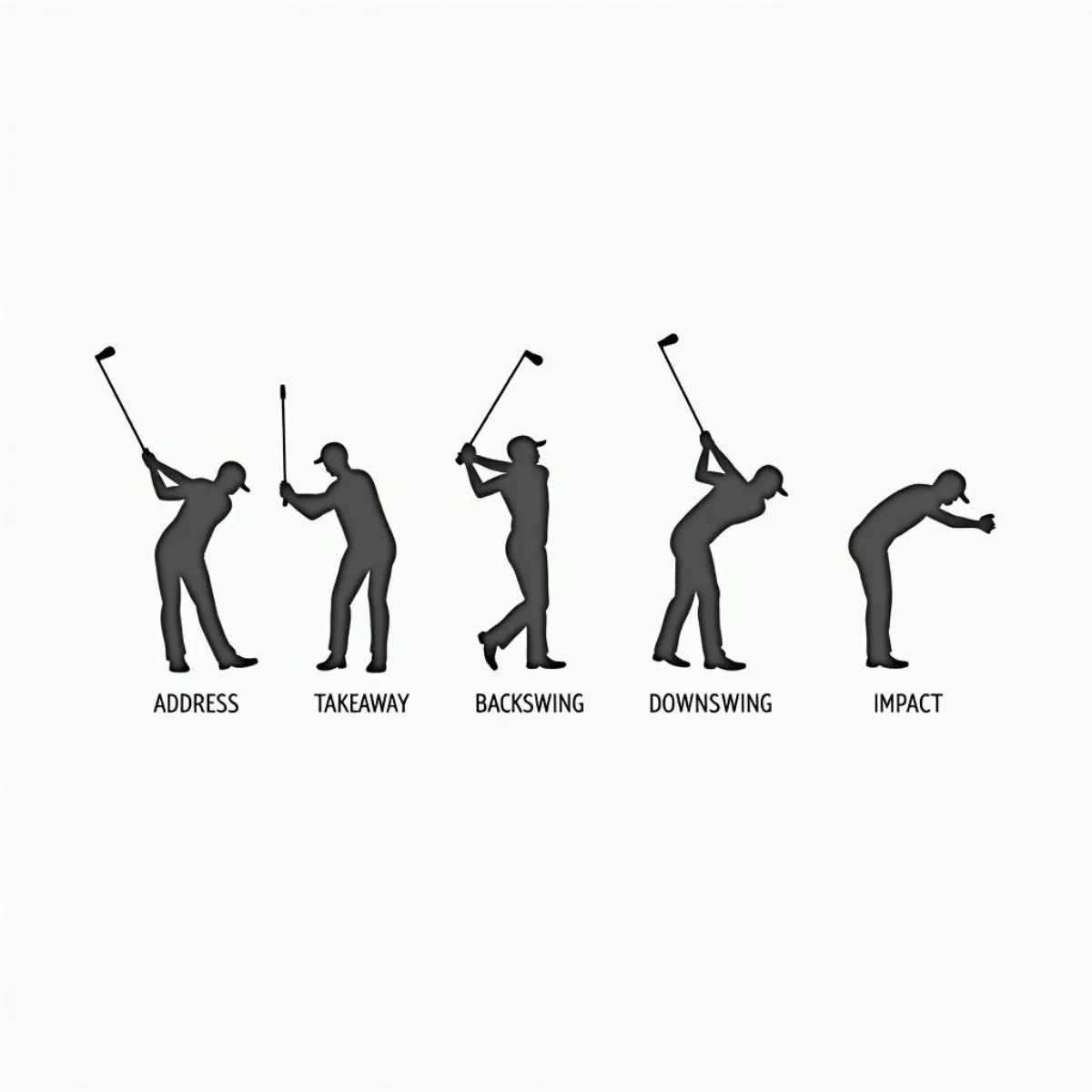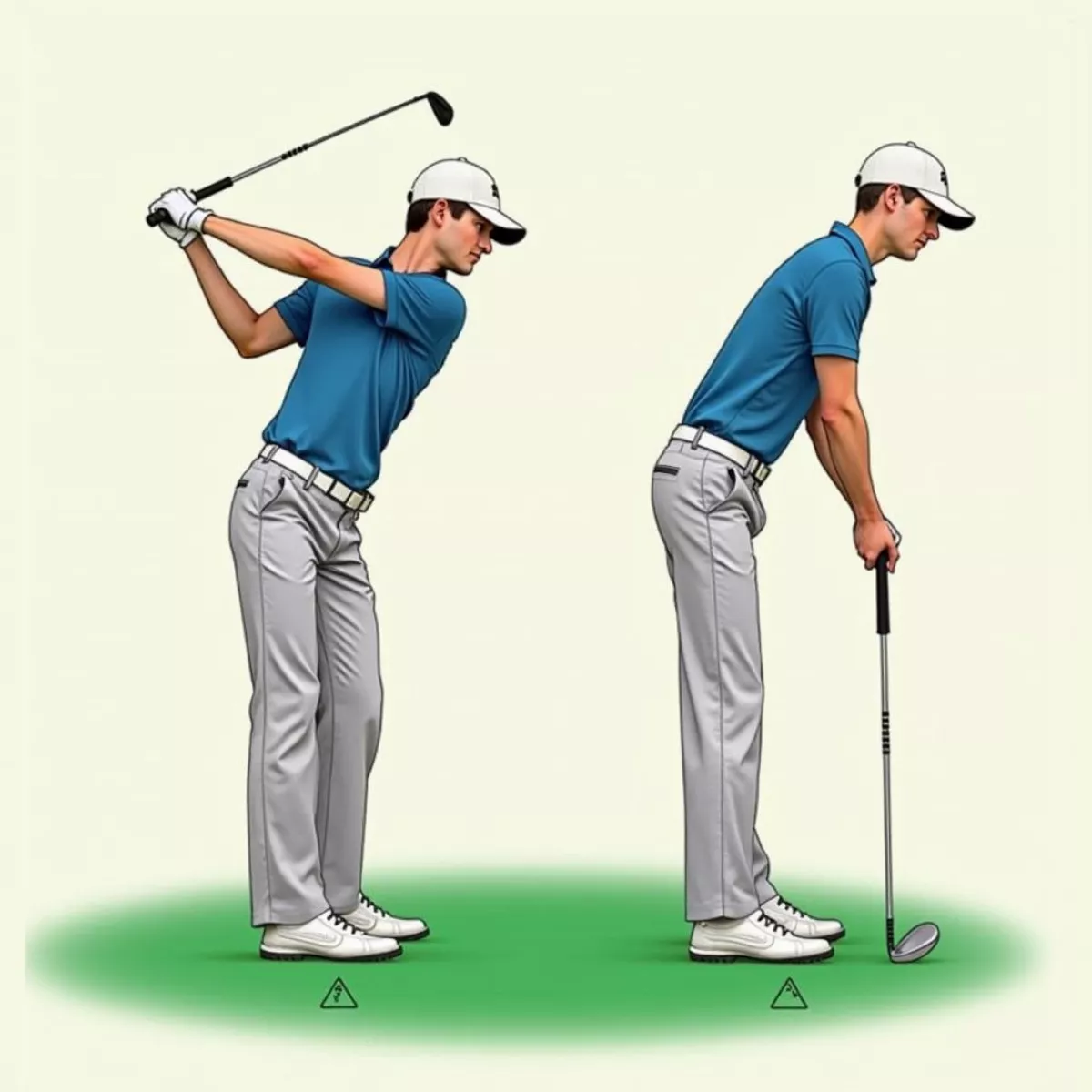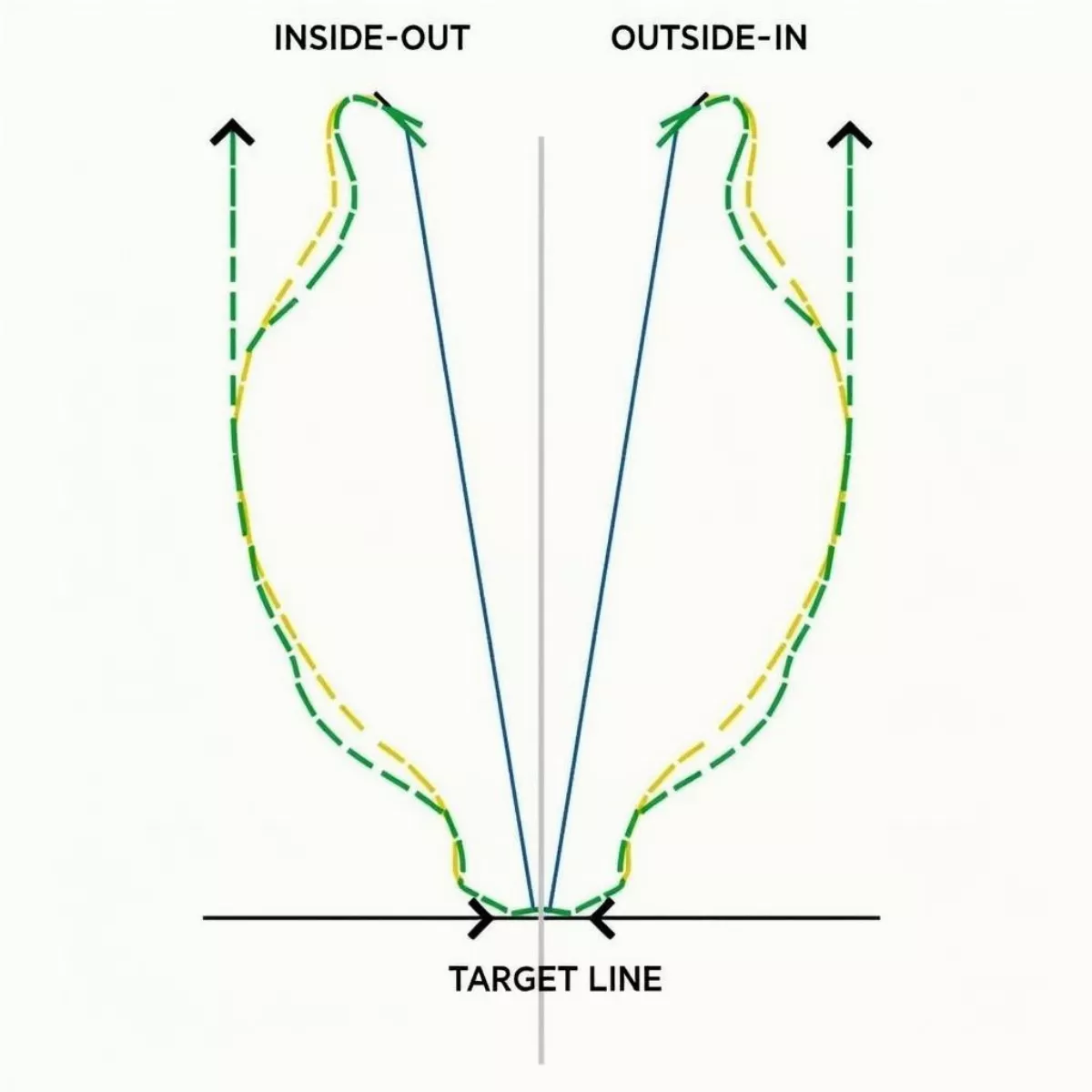Golf is not just a sport; it’s a passion for many. And at the heart of golfing success is the golf swing. A good swing can make a substantial difference in your game, leading to lower scores and increased enjoyment. Whether you’re an amateur eager to lower your handicap or a seasoned player looking for a refresher, this guide is here to help you refine and improve your swing.
Understanding the Basics of Your Golf Swing
Before diving into improvement tips, it’s essential to understand the components of a golf swing. A standard swing consists of several phases:
- Address: Setting your stance and grip before the swing.
- Takeaway: The initial movement of the club away from the ball.
- Backswing: The ascent of the club away from the ground.
- Downswing: The movement of the club back toward the ball.
- Impact: The moment the club contacts the ball.
- Follow-through: The continuation of the swing after impact.
Each stage is critical, and enhancing your swing involves focusing on these elements.
 Golf Swing Phases
Golf Swing Phases
Key Tips to Improve Your Golf Swing
Here are some actionable tips to help you take your swing to the next level. Regular practice, mindfulness, and technique enhancement will help you on your journey to a more effective golf swing.
1. Stance and Posture
Great swings start with proper stance and posture. Follow these tips:
- Feet Position: Your feet should be shoulder-width apart for balance. Adjust according to the club you’re using (a wider stance for drivers, a narrower stance for wedges).
- Knees: Slightly flex your knees to promote balance.
- Back: Maintain a straight back, bending slightly at the hips.
 Correct Golf Stance and Posture
Correct Golf Stance and Posture
2. Grip Technique
Your grip impacts how the clubface strikes the ball. Here’s how to hold it right:
- Interlocking Grip: Good for smaller hands.
- Overlapping Grip: More common for average-sized hands.
- Baseball Grip: Can be useful for beginners.
Make sure to keep a neutral grip. An overly strong or weak grip can cause hooks or slices.
3. Swing Path
The path the club follows during the swing is crucial for accuracy and distance.
- Inside-Out Path: Ideal for a draw, where the club moves inside the target line on the backswing and follows out to the right on the downswing.
- Outside-In Path: Often leads to a slice, where the club moves outside the line on the backswing and across the ball on the downswing.
Tip: Use alignment sticks during practice to visualize and maintain your swing path.
 Golf Swing Path Illustration
Golf Swing Path Illustration
4. Tempo and Rhythm
A smooth tempo is more effective than brute force. Focus on:
- Backswing Duration: A good rule of thumb is a 3:1 ratio (three seconds of backswing for every second of downswing).
- Breathing: Inhale as you take your stance; exhale as you swing to release tension.
5. Weight Transfer
Proper weight transfer enhances power and control.
- Backswing: Shift your weight to your back foot.
- Downswing: Transfer your weight to your front foot, engaging your hips first, followed by your shoulders.
6. Practice Drills
Incorporate these drills for tangible improvements:
- The One-Handed Drill: Practice swings with one hand at a time to build strength and coordination.
- Mirror Drill: Use a mirror to visually confirm that your form aligns with the ideal swing shape.
 Golfer Practicing One-Handed Drill
Golfer Practicing One-Handed Drill
7. Video Analysis
Recording your swings can provide insights into areas that need improvement.
- Focus on: The positions of your arms, clubface angle, and overall body alignment.
- Tip: Use apps or websites dedicated to golf analysis to break down your swing frame by frame.
8. Seek Professional Guidance
Sometimes, an expert eye is all you need. Consider taking lessons from a certified golf instructor. They can identify flaws and help you implement correction techniques more efficiently.
Key Takeaways
- Focus on your stance and posture: Ensure a solid base.
- Grip technique is vital; find what works best for you.
- Pay attention to your swing path for accuracy.
- Maintain a proper tempo and rhythm for a smoother swing.
- Master weight transfer for better power.
- Incorporate practice drills to build muscle memory.
- Utilize video analysis to refine your technique.
- Don’t hesitate to seek professional guidance for faster improvements.
FAQs
1. What is the most common mistake in a golf swing?
The most common mistake is improper grip, which can lead to inconsistent ball striking.
2. How long should my backswing be?
A good backswing typically lasts 3 seconds, creating a proper rhythm and balance.
3. Can I fix my golf swing on my own?
While self-diagnosing can be beneficial, working with a professional can provide more accurate feedback.
4. How often should I practice my swing?
Aim for 2-3 practice sessions a week, focusing on different aspects each time.
5. What should I focus on when practicing?
Concentrate on muscle memory for stance, grip, and swing path.
6. Are golf swing aids effective?
Yes! Training aids, like alignment sticks or weighted clubs, can help refine your technique.
7. How can I improve my swing speed?
Incorporate strength training, plyometrics, and flexibility exercises to enhance your speed.
8. How important is mental focus in a swing?
Mental focus is crucial. Visualizing your shots and staying calm can significantly enhance your performance.
9. Should I use different swings for different clubs?
Absolutely! Different clubs require slightly modified swings for optimal results.
10. Can anyone improve their golf swing?
Yes, with dedication, practice, and the right guidance, anyone can improve their golf swing.
Improving your golf swing is a journey, not a destination. By focusing on the right techniques and practicing regularly, you’ll see progress that not only enhances your game but makes it even more enjoyable. Remember, the road to improvement is paved with patience and persistence. Happy golfing!